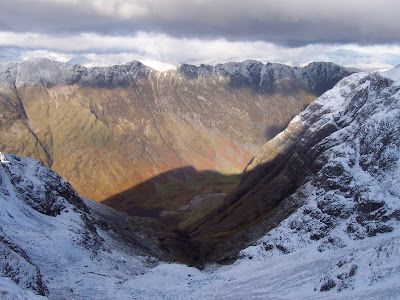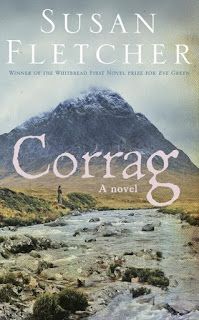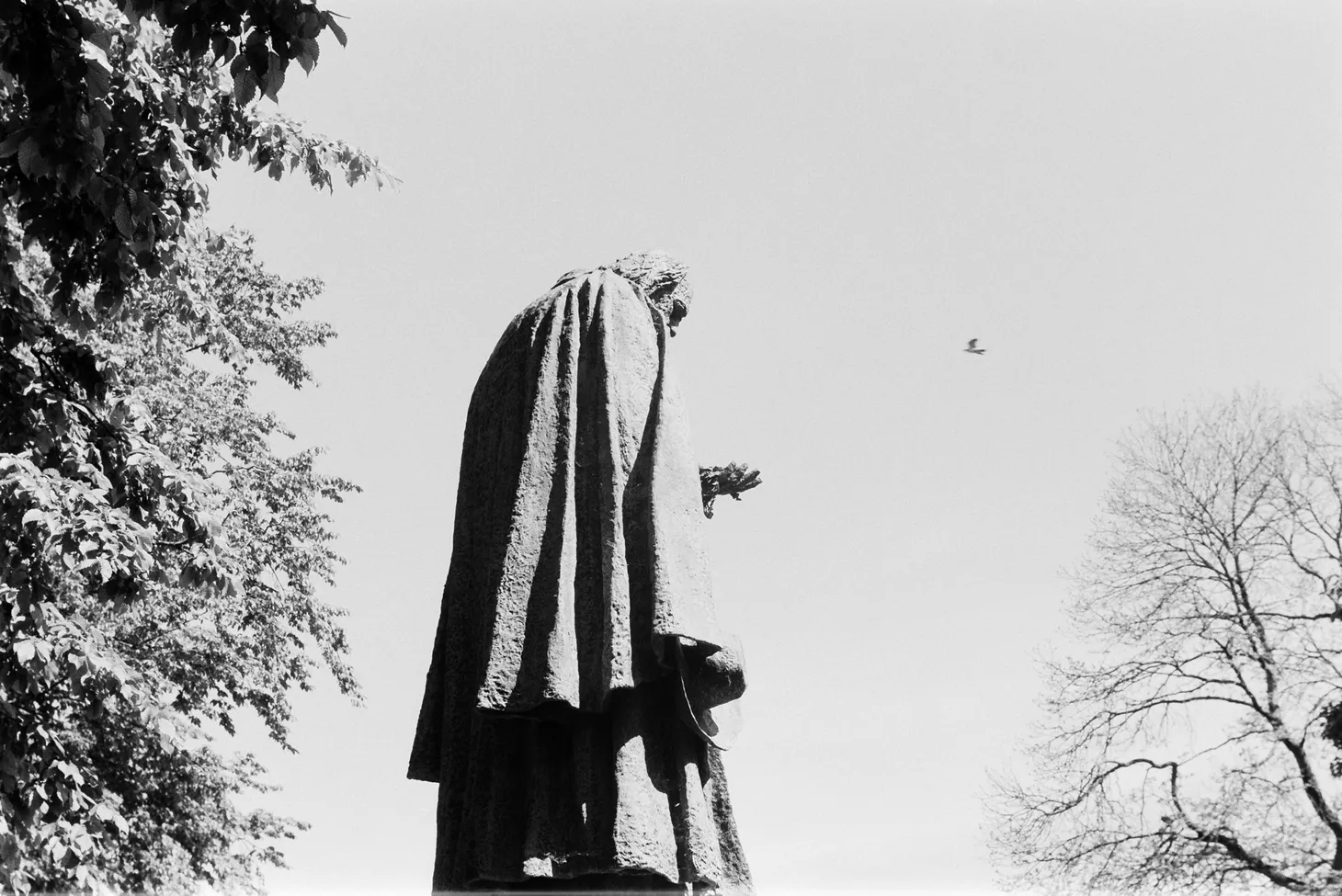392 years ago in a snow-swept Scottish glen…
The order was issued, and by early February over a hundred troops were billeted in Glencoe, enjoying the hospitality of the MacDonalds–who were unaware of the plot to destroy them. The soldiers received their orders late at night and they turned their weapons on the people who had sheltered and fed them.
The massacre caught the Highlanders completely by surprise. Dozens died, either by the muskets of the troops or from exposure after fleeing into the mountains. For many years afterwards Glencoe was a shunned place, a wasteland of ghosts and whispered stories. To this day the ruined homes of the MacDonalds provide a sombre reminder that Glencoe has an equal measure of tragedy and beauty in its long past.
Corrag by Susan Fletcher is a remarkable novel that captures these events in a unique way: through the eyes of a young girl named Corrag who lived in Coire Gabhail (the Lost Valley) in 1692 and was persecuted as a witch. Like my own book, Sue’s novel was written during a period living in Glencoe, and is a tribute to the unique qualities of that very special place: mist and magic, snow and storm, crag and waterfall. For someone who knows the glen intimately it’s a very special book and it remains a stunning work of historical fiction in its own right.
Alex Roddie Newsletter
Subscribe here to receive my occasional personal newsletter in your inbox. (For the fun stuff, please consider subscribing to Alpenglow Journal instead!)





